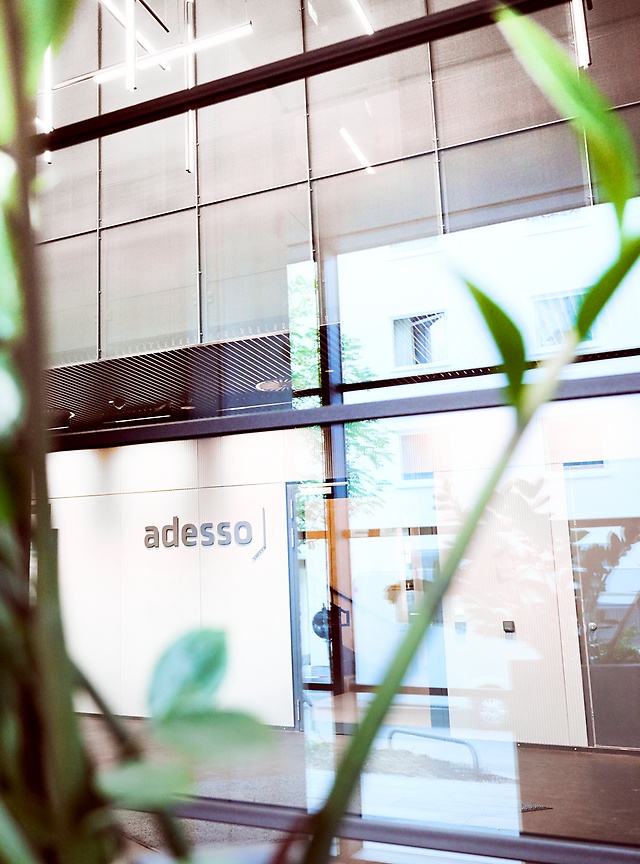14. December 2023 By Joseph Gloßner
Agile methods in the spotlight: what, where and when?
A look at Lean, Kanban, Scrum, design thinking and scaled agility from different angles
For some time now, agility has been a guiding principle, a mindset, something akin to a philosophy to succeed in today’s business world. Companies are using agile methods more and more, enabling them to respond with greater flexibility to changing demands. Given the larger number of agile approaches available, it is however not always easy to find the right method for the relevant application. In this blog post, we take a look at various agile methods, including Lean, Kanban, Scrum, design thinking and scaled agility through Nexus, SAFe and LeSS from a number of different angles. The aim of the blog post is to help agilists and other people interested in the topic select the right method for them as well as spark discussion.
Basic agile principles at a glance
Before we turn to the specific methods available, it is important to understand the basic principles that all agile approaches have in common. Agility means the ability to respond flexibly to changes and involves fostering cooperation and establishing a continuous improvement process. These principles form the basis of every agile method and are critical to its success. One prime example is agile retrospectives, in which teams regularly reflect on their work and identify potential for improvement.
Lean: improving efficiency by eliminating waste
Lean is not just a term used in production. It has also found its way into the agile world. The aim of the lean approach is to maximise customer benefits and minimise waste at the same time. The focus here is on lean processes that are constantly optimised through a process of continuous improvement.
A practical example of lean is lean software development, inspired by lean principles adopted from the manufacturing industry. By eliminating redundant steps in the development process that make, for example, the code unnecessarily complicated, development teams can increase their efficiency and respond more quickly to customer needs. To give an example, a software development team applying lean principles could hold regular code reviews to identify and remove redundant code.
Kanban: visualisation and continuous workflow
Kanban is a method and principle based on visual control. It makes it possible to clearly visualise the work process and promotes a continuous workflow. Kanban is particularly well suited for teams that need a flexible approach, want to increase their process efficiency and have priorities that change frequently. The visualised workflow also makes it easier to identify bottlenecks and optimise the workflow.
A simple, practical example involving the use of Kanban in IT support is a digital Kanban board. Here, open support tickets are visualised in different columns, showing every step from the request to its resolution. Team members can move tickets based on their urgency to ensure a continuous workflow. Another advantage of using digital Kanban boards (or Kanban-like ticket systems) is the continuous automation and thus optimisation of process steps and sub-steps, for example, through automatic status messages sent to the person who submitted the request.
Scrum: iterative development and a clear allocation of roles
As one of the best-known agile methods, Scrum has clear structures and clearly defined responsibilities, with fixed roles such as Scrum Master, Product Owner and Development Team. Development takes place iteratively in sprints, which enables adjustments to be made at regular intervals. Scrum is well suited for projects with complex requirements and a relatively high degree of uncertainty regarding the desired outcome. It can be continuously improved and fine-tuned in short cycles.
In the area of product development, one possible example of Scrum could be the launch of a new product. The Development Team works on individual features or solutions in short sprints, while the Product Owner prioritises the requirements in collaboration with the stakeholders and the Scrum Master removes any obstacles that might stand in the way. Effective and efficient development is possible because roles are clearly allocated.
It is important to understand that although Scrum is heavily product-centric, its basic features can be used in almost any scenario. In fact, it is about having a deeply entrenched, customer-centric agile mindset in order to deliver added value to the client or customer as early, as iteratively and as regularly as possible. Possible scenarios might include (data-driven) campaigns, promotions or other non-IT solutions.
Design thinking: creativity and focus on the user
Design thinking is more than a method; it is a way of thinking. The focus is on finding creative solutions that consider the user’s perspective, which is really important. Design thinking is well-suited for innovation projects that require a close look at the needs of the target group. This method relies on empathy, creativity and an iterative approach where it is possible to return to the individual phases time and again in order to achieve even more targeted results.
A practical example of design thinking is the development of a new, modern financial home as part of a user-centric bancassurance platform that logically links all of the customer’s financial activities (especially banking transactions and the matching insurance policies). Teams hold creative workshops and conduct in-depth user surveys in order to develop innovative solutions based on the actual needs of users.
Scaled agility: Nexus, SAFe, LeSS
Traditional agile methods are sometimes pushed to their limits at large companies. This is where scaled approaches such as Nexus, SAFe (Scaled Agile Framework) and LeSS (Large Scale Scrum) come in. Nexus focuses on scaling Scrum for larger projects, with a focus on producing a consistent solution using a product backlog. SAFe offers a comprehensive framework for the scaled implementation of agile methods and focuses more on managing an entire product line. LeSS uses a simple structure to scale up Scrum for use in large organisations. Which of these approaches you choose will depend on the size and complexity of your company.
The rollout of SAFe at a large insurance company is a good example here. The scaled structure makes it possible to extend agile principles from software development to cover other areas of the company, making the entire organisation more flexible and responsive. Imagine that this global financial company wants to make its various departments – from IT to marketing – more agile. The implementation of SAFe would make it possible to establish a uniform agile approach that fosters collaboration and flexibility throughout the organisation. The main challenge here is how to visualise and minimise the often well-established (systemic) dependencies as effectively as possible so that the agile core idea of simple, iterative development is not bogged down by typical ‘shadow structures’.
The right method for the right purpose
From amongst the many agile methods available to them, companies can choose the one that best meets their needs based on their specific requirements. Lean is best suited for process optimisation, Kanban for flexible and efficient workflows, Scrum for iterative product development and design thinking for creative innovation projects. For larger organisations, scalable agility offers the structure needed to successfully implement agile principles and propagate the mindset required to achieve this. Having a solid understanding of modern leadership practices is necessary in all these areas.
The practical use cases demonstrate that each method has its own advantages in different contexts. You should always select the method that works best for you based on your individual requirements, though in many cases the methods can also be used in combination with each other.
Conclusion: agility remains a critical factor for success
Choosing the right agile method is vital to ensure the success of agile projects and dynamic management systems. Every method has its strengths and weaknesses, and agilists and decision-makers should be aware that every method is not suitable for every purpose. By examining Lean, Kanban, Scrum, design thinking and scaled approaches from a number of different angles, companies can find the right method for them in order to take their agility to a new whole level. When used in real-life applications, companies can achieve maximum flexibility in responding to constantly changing conditions and successfully meet the challenges of modern business life. At their core, most of the approaches to a certain extent combine established standards with a relatively high level of discipline, which includes observing rituals, upholding principles or values as well as the strict separation of roles. This is essential and even necessary in many other industries.
Would you like to learn more about exciting topics from the world of adesso? Then check out our latest blog posts.
Also intersting

